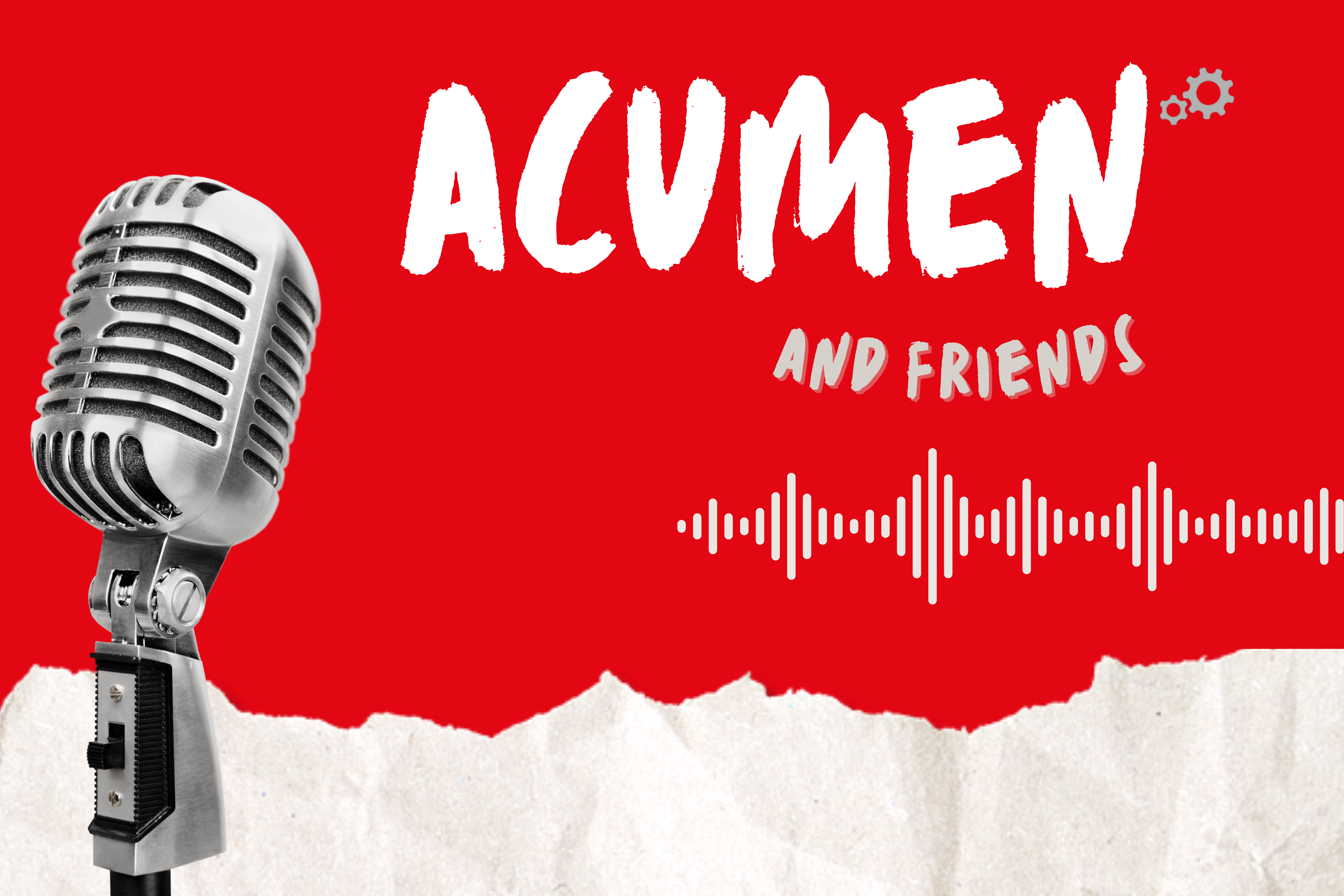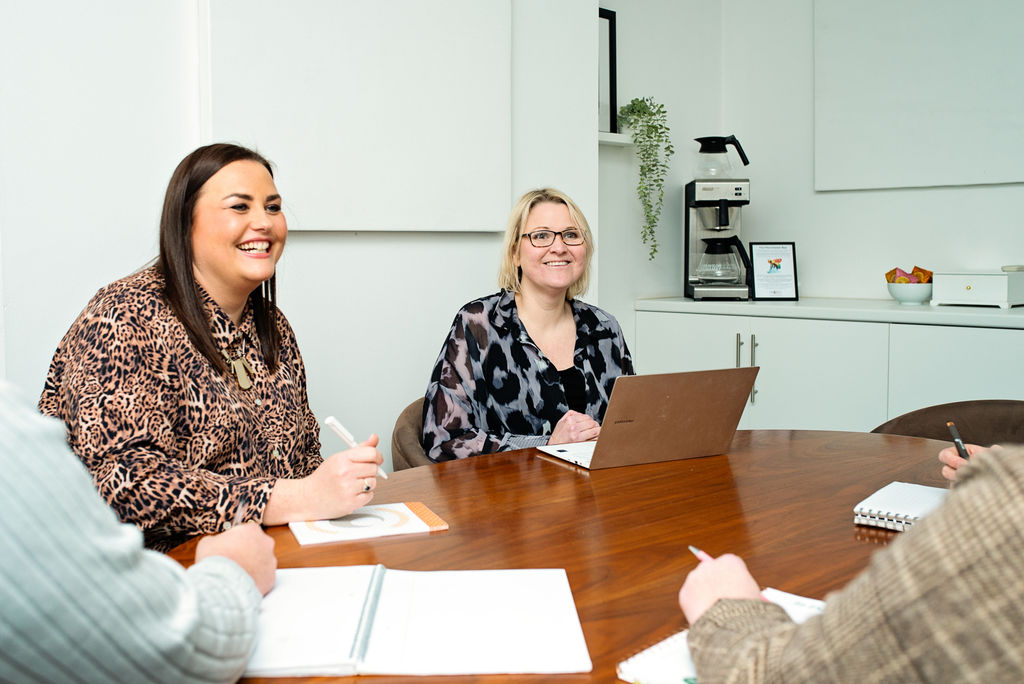
It was the year of baking banana bread, clapping and bashing pots and pans on doorsteps and “you’re on mute” became the national catchphrase. It feels like a bit of a fever dream, now we come to think of it.
It also changed the way the industry did fieldwork. Almost overnight, we swapped clipboards for Zoom links, focus groups for Teams calls and our researchers became part time IT support. Virtual methodologies that were once a niche, were now mainstream.
And to be fair, it wasn’t all bad! Virtual fieldwork opened doors. It made research faster to organise, broadened geographical reach and definitely cut down the mileage on our poor cars who were glad of the chance to sit on the driveway.
But now the dust has settled 5 years later it's clear: something crucial got left behind.
Yeah, we can talk to people through a screen. We can get good insights by asking the right questions, but what we can’t do – not properly anyway – is really feel the room. In person, we pick up on the things our participants don’t say.
It could be the nervous shuffle. The eye roll when someone’s trying to be polite. The frisson when something is mentioned, or the energy shift when a difficult topic comes up. These are the moments that turn data into meaningful insights. Sadly, they’re also the moments that tend to fade into the distance when everyone is fiddling with the mute button, keeping an eye on the stove or sneakily catching up on MAFS in the background.
And if we’re being super honest? Participant engagement can take a nosedive when they’re slumped on the sofa refreshing their Just Eat app and swiping through their Tinder.
To tell you the truth, dear Reader, we never really bought into the idea that all fieldwork could be permanently digitised. Virtual has it’s place, and we’re bloody good at it when it’s right, but there’s no tech in the world that can replace good old fashioned, in person conversation.
That’s why we’ve doubled down on our face to face fieldwork. We’re still out there, in homes, on shop floors, in communities, really getting into the thick of it. Our researchers know how to spot the tiny cues that reveal the whole story. They know when to lean in, when to let the silence do the heavy lifting, and when a raised eyebrow says more than a ten minute monologue.
Post-pandemic, we’re sharper, nimbler, and even more people savvy.
We've adapted, updated our safety protocols, and fine-tuned our fieldwork techniques to suit a world that’s a little more cautious but still just as curious.
We’re not complete luddites. When online makes sense, we love it.
Need to reach people in five completely different time zones? Working on one of those realllly tight deadlines? Budget constraints? Virtual is a brilliant tool when used properly.
But for the meaty stuff, you know, the stuff where you need to get under the skin of human behaviour, there’s no contest.
Face to face wins every time.
In a nutshell?
If you want real insight, the messy, brilliant, surprising kind, you need boots on the ground, eyes on the room, and proper human connection.
That’s where Acumen comes in.
Fieldwork has evolved, and so have we.
We’ve kept the good bits of virtual, ditched the bits that weren’t so great, and rebuilt our face to face offer to be sharper than ever.
Real people.
Real conversations.
Real insight.
Real biscuits (the good ones, too).

We’re dead chuffed to announce that the first three episodes of Acumen and Friends are […]
READ MORE
It’s International Women’s History month, so we’re taking a short break from our usual scheduled […]
READ MORE
Doctor, doctor, I think I’m a market researcher Well, just ask yourself this question. How […]
READ MORE